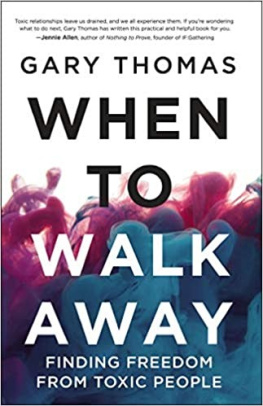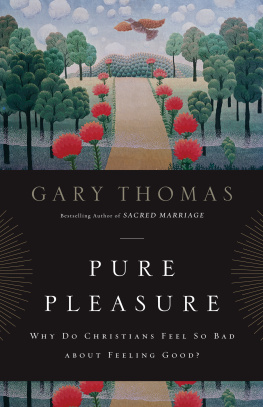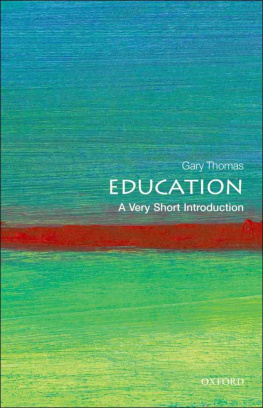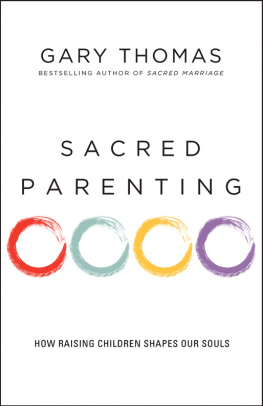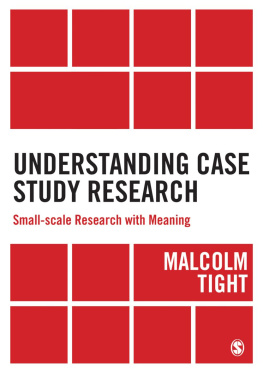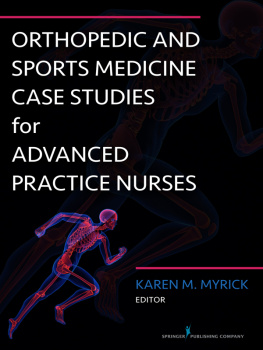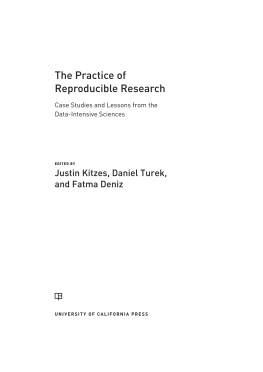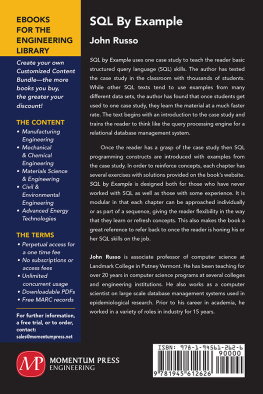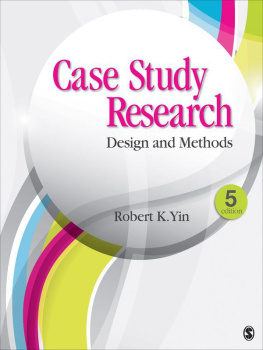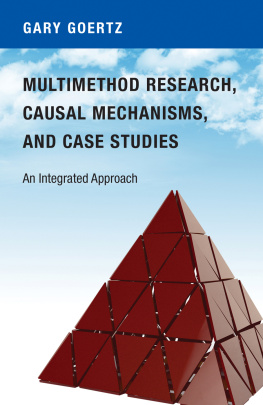How to Do Your Case Study
How to Do Your Case Study
2nd Edition
SAGE Publications Ltd
1 Olivers Yard
55 City Road
London EC1Y 1SP
SAGE Publications Inc.
2455 Teller Road
Thousand Oaks, California 91320
SAGE Publications India Pvt Ltd
B 1/I 1 Mohan Cooperative Industrial Area
Mathura Road
New Delhi 110 044
SAGE Publications Asia-Pacific Pte Ltd
3 Church Street
#10-04 Samsung Hub
Singapore 049483
Gary Thomas 2016
This edition published 2016
First edition published 2011
Apart from any fair dealing for the purposes of research or private study, or criticism or review, as permitted under the Copyright, Designs and Patents Act, 1988, this publication may be reproduced, stored or transmitted in any form, or by any means, only with the prior permission in writing of the publishers, or in the case of reprographic reproduction, in accordance with the terms of licences issued by the Copyright Licensing Agency. Enquiries concerning reproduction outside those terms should be sent to the publishers.
Library of Congress Control Number: 2015936406
British Library Cataloguing in Publication data
A catalogue record for this book is available from the British Library
ISBN 978-1-4462-8264-9
ISBN 978-1-4462-8265-6 (pbk)
Editor: Jai Seaman
Assistant editor: James Piper
Production editor: Katherine Haw
Copyeditor: Richard Leigh
Proofreader: Neil Dowden
Marketing manager: Ben Sherwood
Cover design: Shaun Mercier
Cover design: Francis Kenney
Typeset by: C&M Digitals (P) Ltd, Chennai, India
Printed and bound in Great Britain by Ashford Colour Press Ltd
Contents
About the author
Gary ThomasBeing of a nervous disposition as a child, Gary Thomas failed to write anything on his 11-plus examination paper, which inaction took him to secondary modern school. His subsequent zigzag through the education system gave him broad experience of its good and bad sides.
He eventually became a teacher, then an educational psychologist, then a professor of education at the University of Birmingham, where his teaching, research and writing now focus on inclusive education and the methods used in social science research.
He has led a wide range of research projects and has received awards from the AHRC, the ESRC, the Nuffield Foundation, the Leverhulme Trust, the Department for Education, charities such as Barnardos and the Cadmean Trust, local authorities and a range of other organisations. He has written or edited 20 books and lots of boring academic articles.
He has two grown-up daughters, one baby daughter and at current reckoning two grandchildren. He likes, in alphabetical order, cats, chess, cycling, gardening, dogs and writing. He dislikes Chelsea tractors, pomposity and people who try to make things sound more complicated than they are (in that order).
Despite supporting Aston Villa football club, he maintains an optimistic outlook on life.
Preface
At its best, the case study provides the most vivid, the most inspirational analysis that an inquiry can offer. Einstein did it; Newton did it. Sociologists do it; psychologists do it. Doctors do it; teachers do it; lawyers do it; nurses do it. It is done across the disciplinary and methodological spectrum, and even though this book is, first and foremost, for those in the applied social sciences and humanities, I hope it will also be useful to students and researchers in other fields. Ive been delighted with the reception of the first edition, which seems to be used by researchers in a variety of disciplines. The new edition contains much more material on ethics and data collection, and has new sections on analysis, including material on grounded theory, sociometry and NVivo.
The case study provides a form of inquiry that elevates a view of life in its complexity. The contrasting view, of course, is that an inquiry is best conducted by breaking life up into digestible, study-sized chunks. We all like easily digestible food, but its not often the most nutritious.
Its the realisation that complexity in social affairs is frequently indivisible which has led to the case study having the status of one of the most popular and most fertile design frames for researchers work. Its a design frame with huge potential, but it also has its restrictions. Sometimes I feel that students stumble into a case study without really being sure of its benefits or its limits. So, in this book, I look at not just how to do a case study but also at what case studies are good for and what they are not good for.
The case study has branched out and blossomed from its origins, which were, according to White (1992), in the professional training of lawyers at the Harvard Law School in the nineteenth century. It was the appropriately named Christopher Columbus Langdell, the first dean of that law school, who set the ball rolling in 1870. Actually, Ive taken Whites word for it that it was Christopher Columbus Langdell who named the case study method, but, of course, the method is so obvious it is difficult to make an argument for it needing to be pioneered or invented at all. Rather in the way that America was bound to have been discovered with or without the voyage of the first, and rather more famous, Christopher Columbus, the case study method would have been stumbled on even without the insights of his nineteenth-century namesake.
Others could quite legitimately claim to have been the first to develop a systematic method for looking at single cases, even if they didnt think to call their method the case method or case study. Jean Marc Gaspard Itard and his study of Victor, the wild boy of Aveyron, at the beginning of the nineteenth century could equally take the accolade, as could Frdric Le Play in his celebrated studies of French working people in the middle of that same century. (Le Play used a case method wherein he would invite himself to reside with ordinary families for extended periods until he got to know them intimately. Whether or not his uninvited sojourns in the cottages of poor coalminers of the Jura were exuberantly welcomed by his hosts is unrecorded one can imagine some Pythonesque tableaux but his rich analyses were lauded in both political and literary circles.)
All of this pioneering work originated in the social sciences and the humanities, but one of the points I try to make throughout the book is that researchers use case studies far less self-consciously and less apologetically in fields separate from these. In these other fields, inquirers seem to be more inclined to do what comes naturally to adopt methods that are right for the questions in hand without undue hand-wringing about the correctness of this or that method. Given that there has indeed been hand-wringing and uncertainty about how best to use case studies, particularly in the applied social sciences, I hope this book will offer some clear advice to students on how best to do such an inquiry, with lots of examples of how it can be used most fruitfully.


